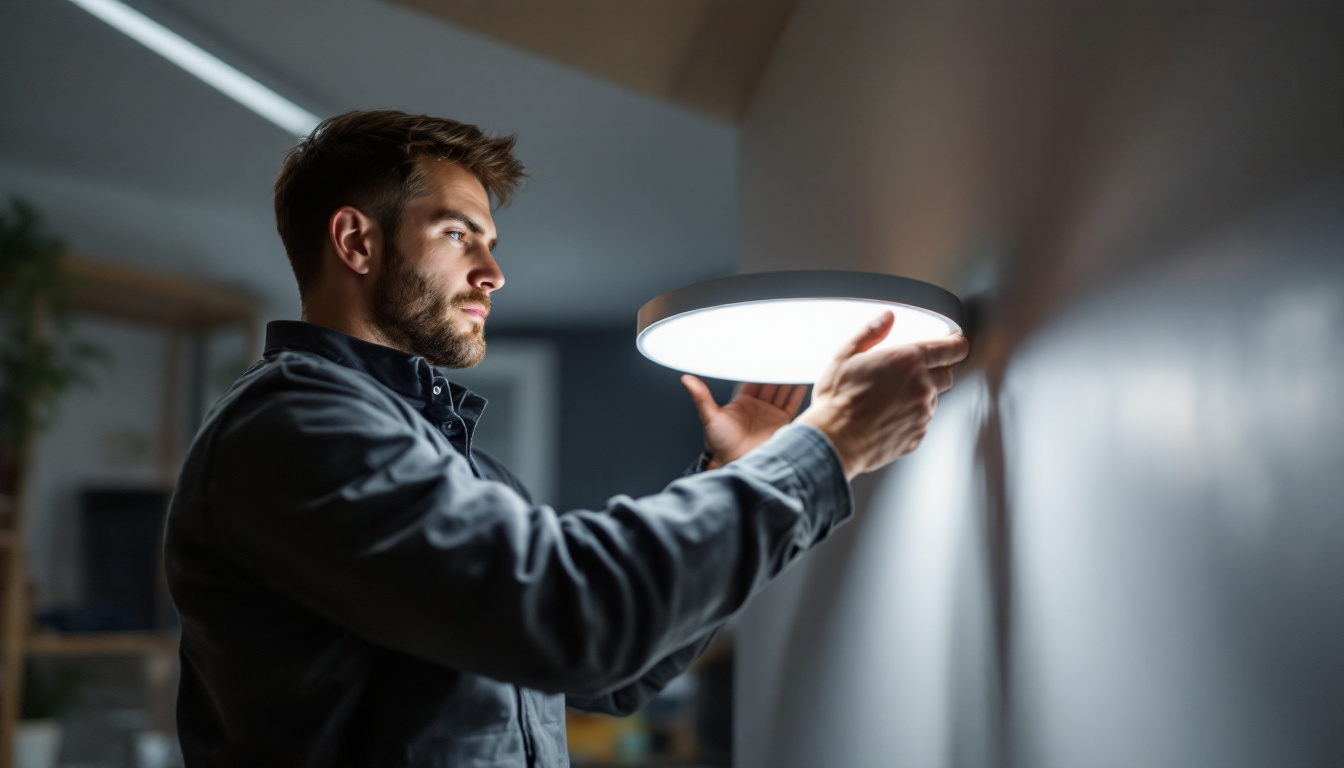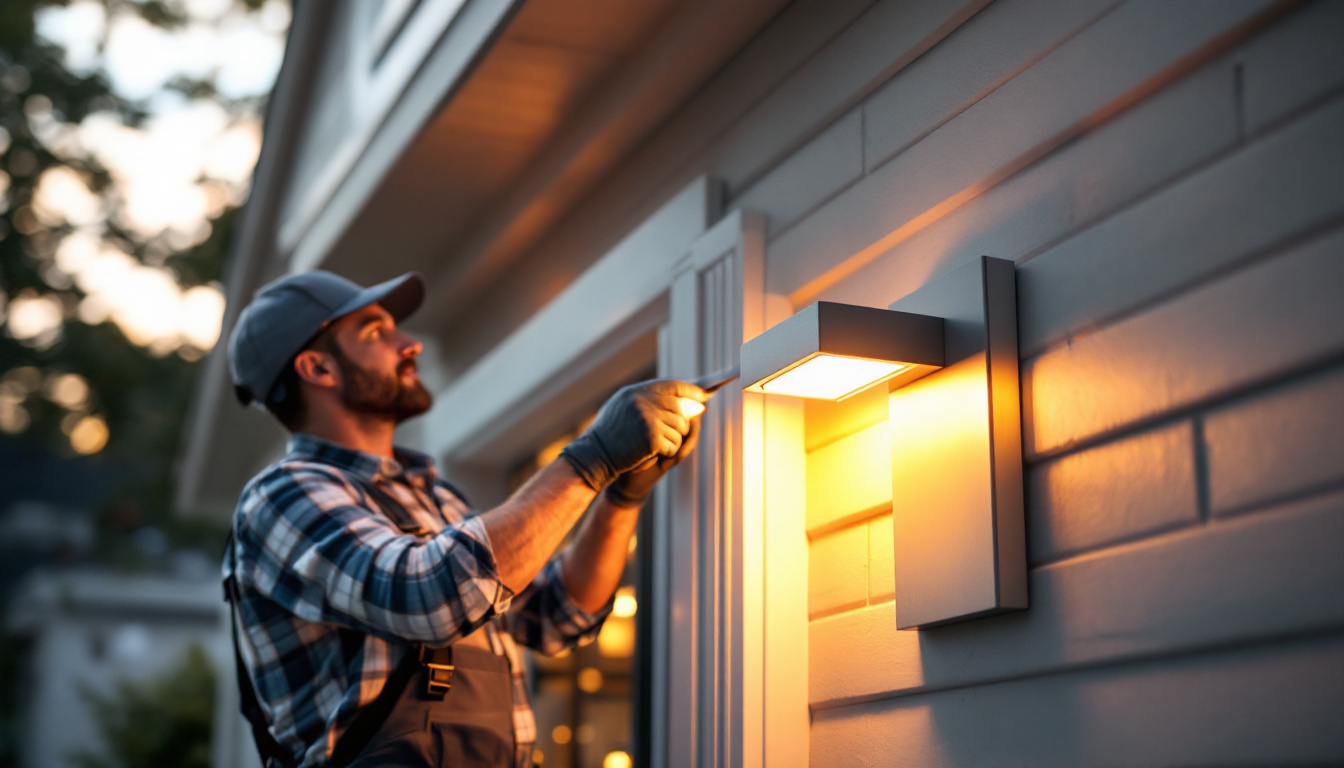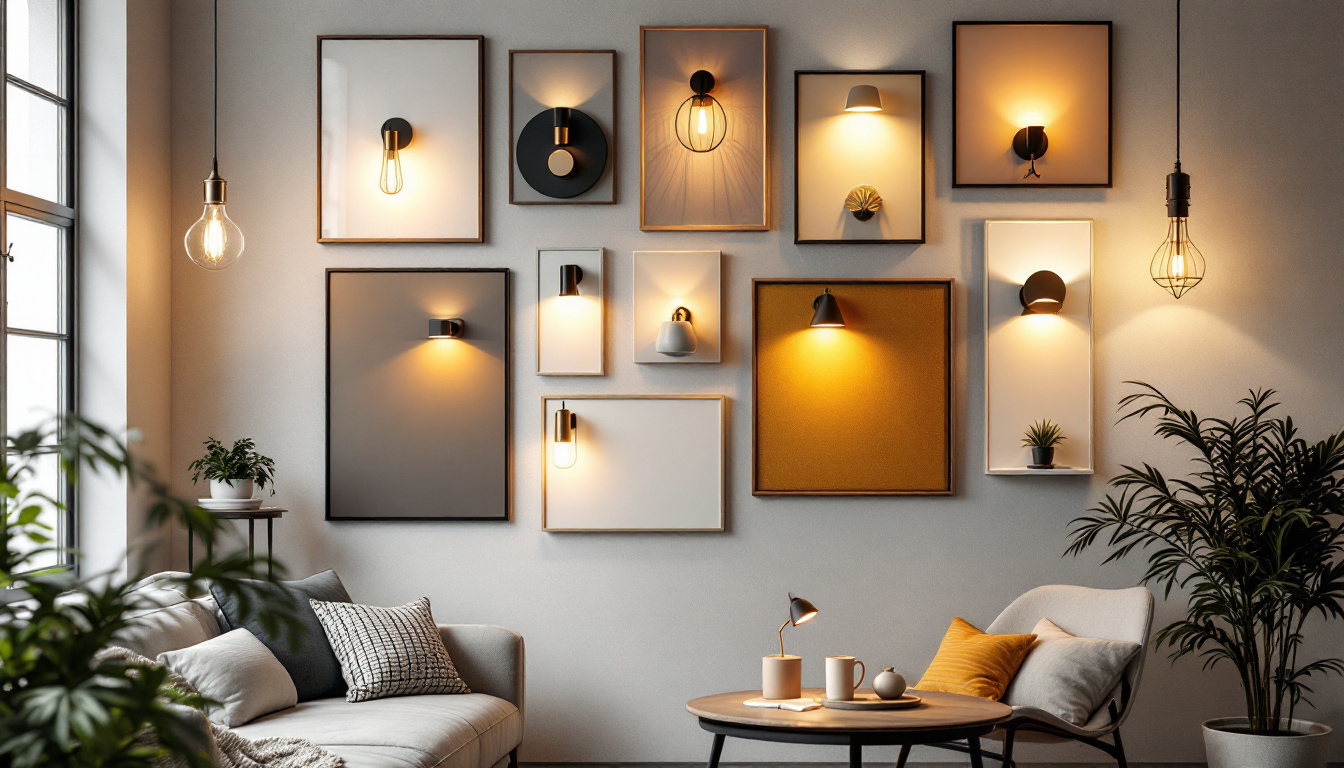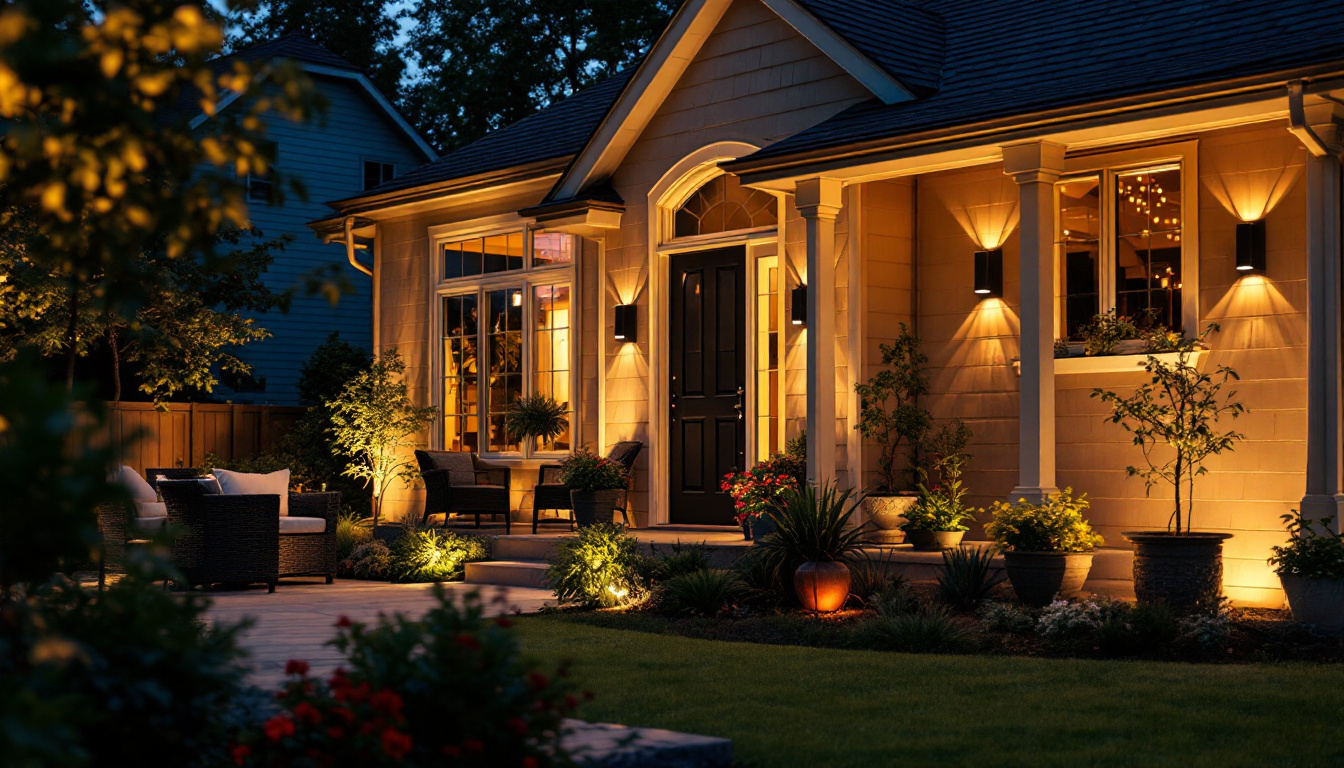
In the ever-evolving world of lighting technology, LED wafer lights have emerged as a popular choice for both residential and commercial applications. Their slim profile, energy efficiency, and versatility make them an attractive option for lighting contractors. However, with these advantages come certain challenges and considerations that must be taken into account. This article aims to provide essential do’s and don’ts for lighting contractors working with LED wafer lights, ensuring successful installations and satisfied clients.
Before delving into the specifics of installation and usage, it’s crucial for lighting contractors to have a solid understanding of what LED wafer lights are and how they function. These lights are designed to be ultra-thin, making them ideal for ceilings with limited space. They provide a sleek, modern look while delivering high-quality illumination. The design of LED wafer lights allows them to be installed in tight spaces where traditional fixtures would be impractical, making them an excellent solution for both new constructions and renovations.
LED wafer lights typically come with several features that set them apart from traditional lighting options. They are often dimmable, allowing for customizable brightness levels, and many models offer adjustable color temperatures, enabling users to switch between warm and cool light. This flexibility allows homeowners and businesses to create the perfect ambiance for any occasion, whether it’s a cozy dinner or a bright workspace. Additionally, their energy efficiency translates to lower electricity bills and a reduced carbon footprint, making them an eco-friendly choice. Many LED wafer lights also boast a long lifespan, often exceeding 25,000 hours, which means less frequent replacements and maintenance.
These lights can be used in various settings, from residential homes to commercial spaces. In residential applications, they can be installed in kitchens, living rooms, and hallways. Their low profile is particularly advantageous in areas with low ceilings, where traditional fixtures might hang too low and obstruct movement. In commercial settings, they are often used in offices, retail spaces, and even healthcare facilities. Their versatility makes them a go-to option for many contractors looking to meet diverse client needs. Furthermore, the ability to install them in both new builds and retrofits makes LED wafer lights a flexible choice for any project. As the demand for energy-efficient lighting solutions continues to grow, these lights are becoming increasingly popular in sustainable building practices, aligning with modern design trends that prioritize both aesthetics and functionality.
To ensure successful installations and optimal performance, lighting contractors should adhere to several best practices when working with LED wafer lights. These do’s will help streamline the installation process and enhance client satisfaction.
Before selecting LED wafer lights for a project, it’s essential to conduct thorough research. Understand the different types of wafer lights available on the market, their specifications, and their suitability for various applications. Familiarizing oneself with the latest technologies and trends will enable contractors to make informed decisions that align with their clients’ needs. Additionally, exploring customer reviews and case studies can provide valuable insights into the performance of specific products in real-world scenarios, helping contractors to avoid common pitfalls and select the best options for their projects.
Each manufacturer provides specific installation guidelines and recommendations for their products. Adhering to these guidelines is crucial for ensuring the longevity and effectiveness of the lights. This includes understanding the required voltage, wattage, and any specific installation techniques that may be necessary. Moreover, contractors should also be aware of warranty conditions, as improper installation can void warranties, leading to potential costs for repairs or replacements in the future. Taking the time to review these details can save contractors and their clients from unexpected issues down the line.
When planning an installation, it’s important to consider the space where the LED wafer lights will be installed. Factors such as ceiling height, room dimensions, and existing decor should influence the choice of light placement and design. Proper spacing and alignment can enhance the overall aesthetic and functionality of the lighting. Furthermore, contractors should think about the intended use of the space; for instance, a kitchen may require brighter, more focused lighting for cooking tasks, while a living room might benefit from softer, ambient lighting to create a cozy atmosphere. By tailoring the lighting design to the specific needs of each room, contractors can significantly improve the user experience and satisfaction.
While there are many best practices to follow, there are also common pitfalls that lighting contractors should avoid. Being aware of these don’ts can prevent costly mistakes and ensure a smoother installation process.
In an effort to save costs, some contractors may be tempted to choose lower-quality LED wafer lights. However, investing in quality products is essential for long-term performance and customer satisfaction. Cheap lights may not provide the desired brightness or color accuracy, leading to disappointed clients and potential callbacks for replacements.
LED lights generate heat, and proper thermal management is critical to their performance and lifespan. Failing to account for heat dissipation can lead to premature failure of the lights. Ensure that the installation allows for adequate airflow and consider using fixtures that are designed with built-in heat sinks to manage temperature effectively.
Every region has specific electrical codes and regulations that must be followed during installations. Ignoring these can result in fines, project delays, or even safety hazards. Always stay informed about local codes and ensure that all installations comply with these standards to avoid potential legal issues.
Successful installation of LED wafer lights requires careful planning and execution. Here are some practical tips to help lighting contractors achieve optimal results.
Having the right tools on hand can make a significant difference in the installation process. Essential tools may include a stud finder, drill, wire strippers, and a voltage tester. Using the appropriate tools not only speeds up the installation but also ensures that it is done safely and correctly.
Before starting the installation, take the time to plan the layout of the lights. This includes determining the number of lights needed, their placement, and the spacing between them. A well-thought-out layout will enhance the lighting effect and ensure even illumination throughout the space.
Before securing the lights in place, it’s advisable to test them to ensure they function correctly. This step allows contractors to identify any issues with the lights or wiring before completing the installation. Testing can save time and effort in the long run by preventing the need for rework.
Once the LED wafer lights are installed, ongoing maintenance and troubleshooting may be necessary to ensure their continued performance. Understanding common issues and their solutions can help contractors provide better service to their clients.
Some common issues that may arise with LED wafer lights include flickering, dimming, or complete failure. These problems can often be traced back to poor wiring, incompatible dimmer switches, or overheating. Being familiar with these issues can help contractors quickly diagnose and resolve problems, ensuring client satisfaction.
Regular maintenance can extend the lifespan of LED wafer lights and keep them operating at peak efficiency. This includes cleaning the fixtures to remove dust and debris, checking for loose connections, and ensuring that the lights are not exposed to excessive heat. Educating clients on basic maintenance can also empower them to take care of their lighting systems.
Effective communication with clients is vital for successful lighting projects. Educating clients about LED wafer lights can enhance their overall experience and satisfaction.
Clients may not be familiar with the advantages of LED wafer lights compared to traditional lighting options. Taking the time to explain the benefits, such as energy savings, longevity, and aesthetic appeal, can help clients make informed decisions and appreciate their investment.
Once the installation is complete, providing clients with guidelines on how to use and maintain their new lighting can be beneficial. This may include information on dimming features, color temperature adjustments, and cleaning recommendations. Clear instructions can help clients maximize their enjoyment of the lighting.
The lighting industry is constantly evolving, with new technologies and trends emerging regularly. Staying updated with these changes is essential for lighting contractors looking to remain competitive.
Participating in industry events, trade shows, and training sessions can provide valuable insights into the latest advancements in lighting technology. Networking with other professionals can also lead to new opportunities and collaborations.
Subscribing to industry publications and following reputable online resources can help contractors stay informed about new products, techniques, and best practices. Regularly engaging with these resources can enhance knowledge and expertise, ultimately benefiting clients.
LED wafer lights offer a modern and efficient lighting solution for various applications. By following the do’s and don’ts outlined in this article, lighting contractors can ensure successful installations, enhance client satisfaction, and stay ahead in a competitive industry. Continuous education and adaptation to new trends will further empower contractors to deliver exceptional lighting solutions that meet the evolving needs of their clients.
Ready to elevate your lighting projects with the sleek and efficient LED wafer lights? Look no further than LumenWholesale for all your lighting needs. We provide contractors with top-quality, spec-grade lighting products at unbeatable wholesale prices, ensuring you get the best value for your investment. With our direct-to-contractor approach, you’ll enjoy superior lighting products without the inflated markups often found at local distributors. Our extensive selection not only meets but exceeds the highest industry standards, so you can trust in the reliability and performance of your lighting solutions. Plus, with free shipping on bulk orders, you can stock up on premium lighting without worrying about hidden fees or compromises. Don’t miss out on the perfect blend of quality, affordability, and convenience. Visit LumenWholesale today and experience the best in wholesale lighting at the best value.

Discover expert tips and insights for lighting contractors on selecting and installing exterior flush mount lights.

Discover how lighting contractors can elevate their projects with innovative photo wall lights.

Discover the key elements lighting contractors need to know about top lighting companies, including industry trends, innovative technologies, and essential partnerships that drive success in the ever-evolving lighting landscape..

Discover expert insights on Lowes Dusk to Dawn Lights with our comprehensive guide tailored for lighting contractors.